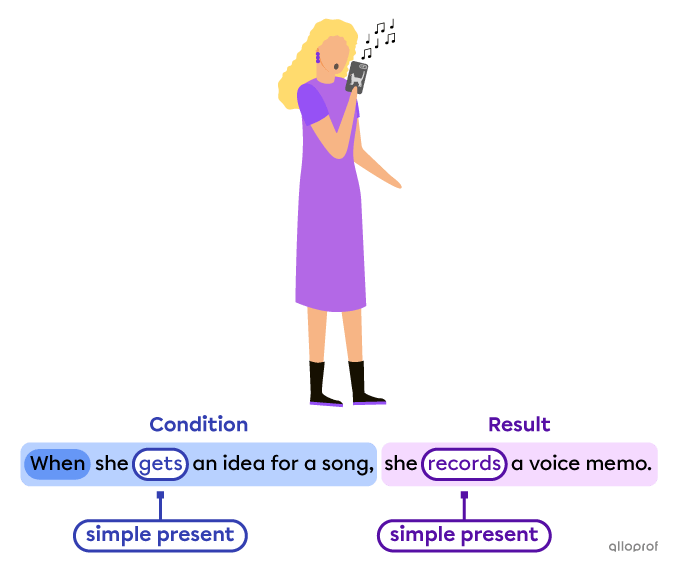The zero conditional is used in situations that are generally true. It is also called real conditional because it is used in situations where the condition causes the result and vice versa.
The usual structure of zero conditional sentences is:
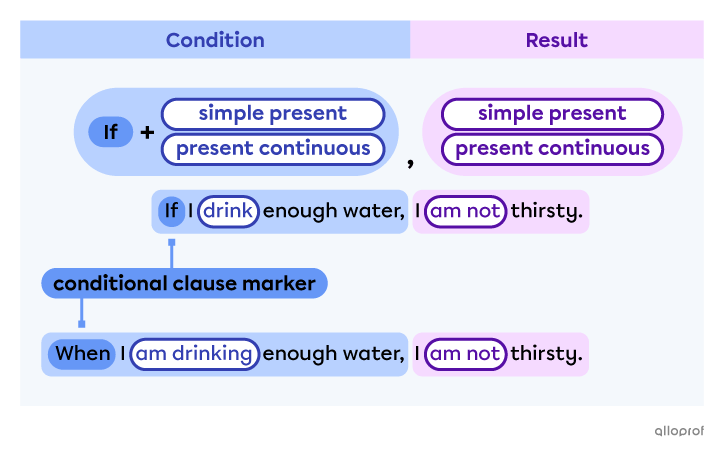
In zero conditional sentences, the if-clause marker is sometimes replaced by the word when.
When is used to express that a situation is certain to happen.
If is mostly used to express that a situation may happen.
Conditional sentences contain two clauses:
-
Conditional clause (commonly called the if-clause): the condition/situation
-
Main clause: the result
Conditional clause marker: A subordinating conjunction such as the words “if,” “when,” “as,” etc.
The if-clause is a dependent clause. To form a complete sentence, it needs the hypothetical result.
Ex:
|
if-clause |
dependent clause |
|
If she cries, |
her eyes burn. |
The zero conditional is genrally used to:
-
Give instructions
-
Talk about facts
-
State rules
-
Describe habits
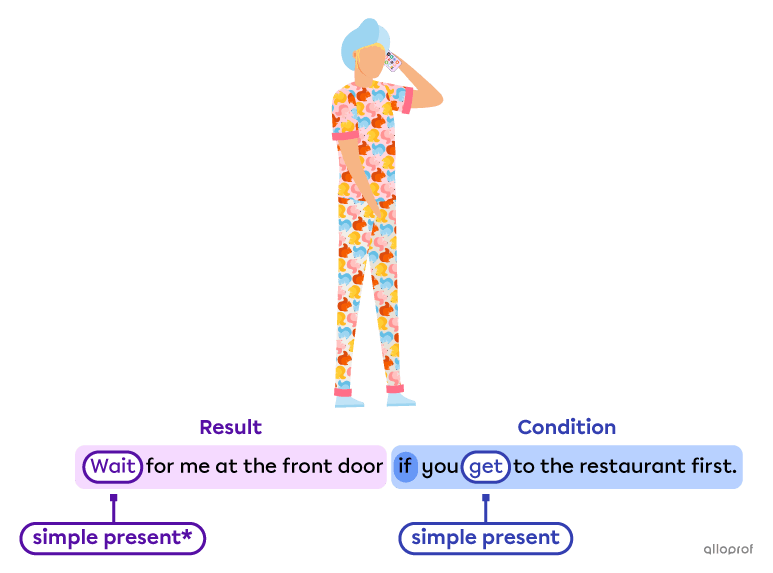
*In zero conditional sentences, the imperative mood can be used in the main clause.
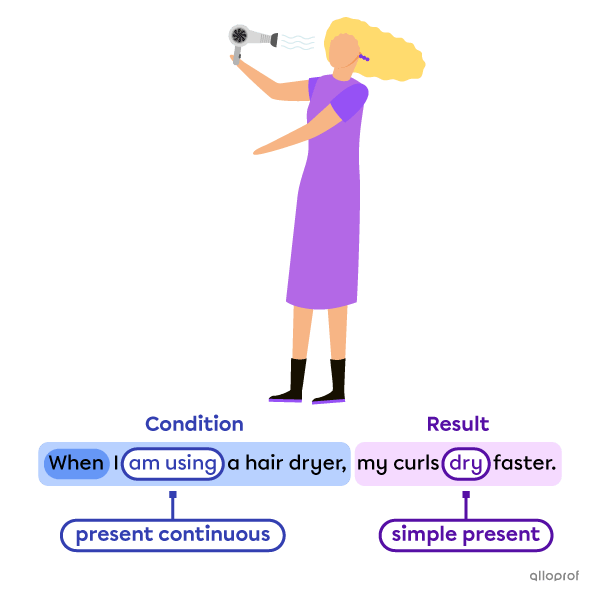
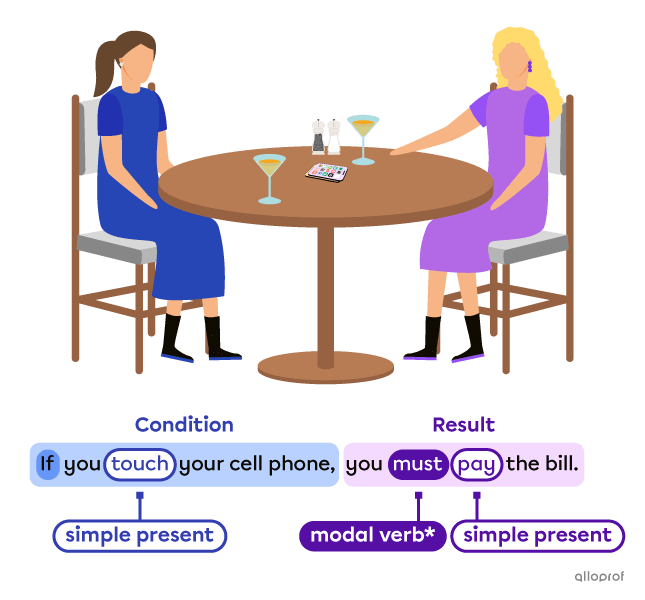
*In zero conditional sentences, modals can be used in the if-clause or the main clause.
